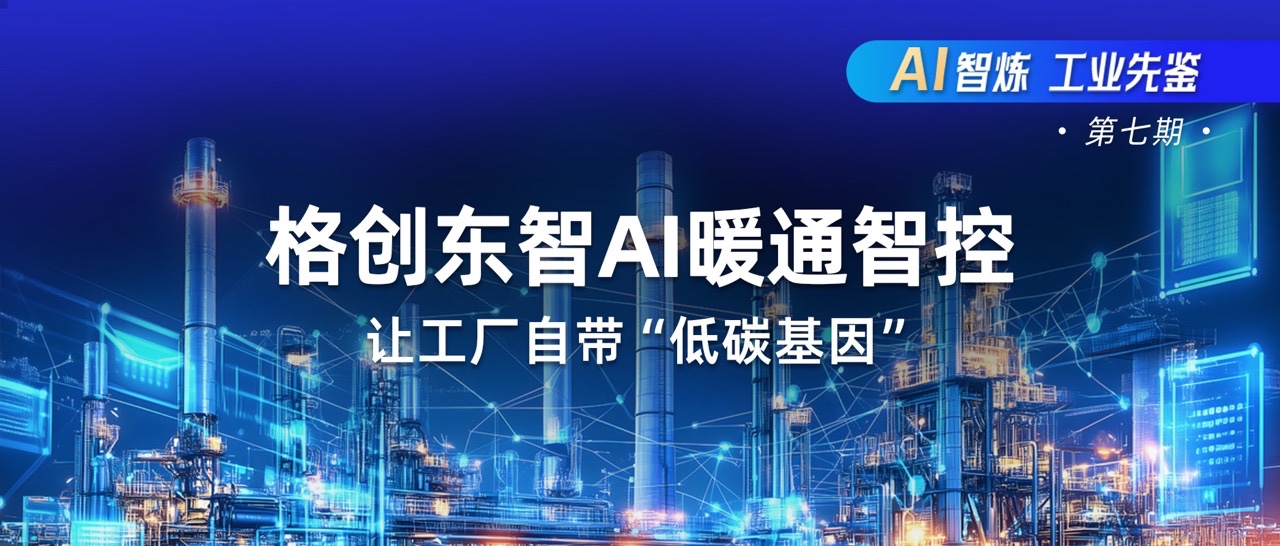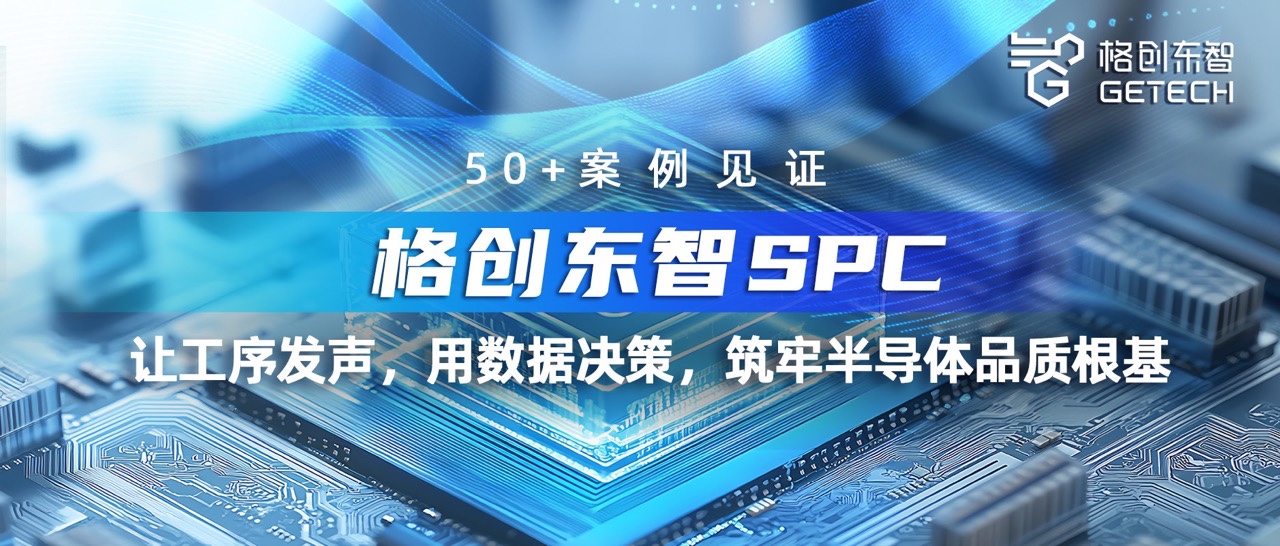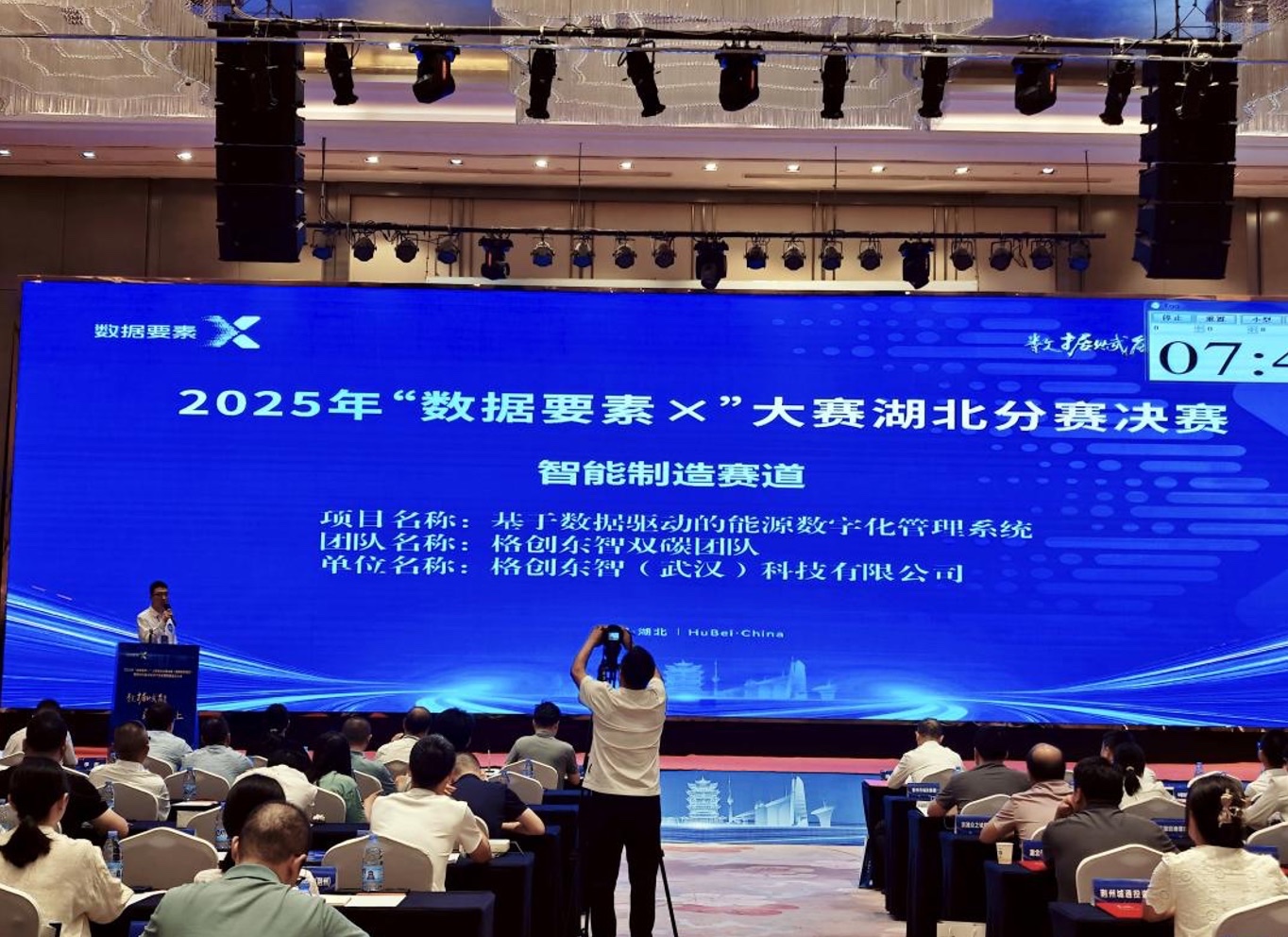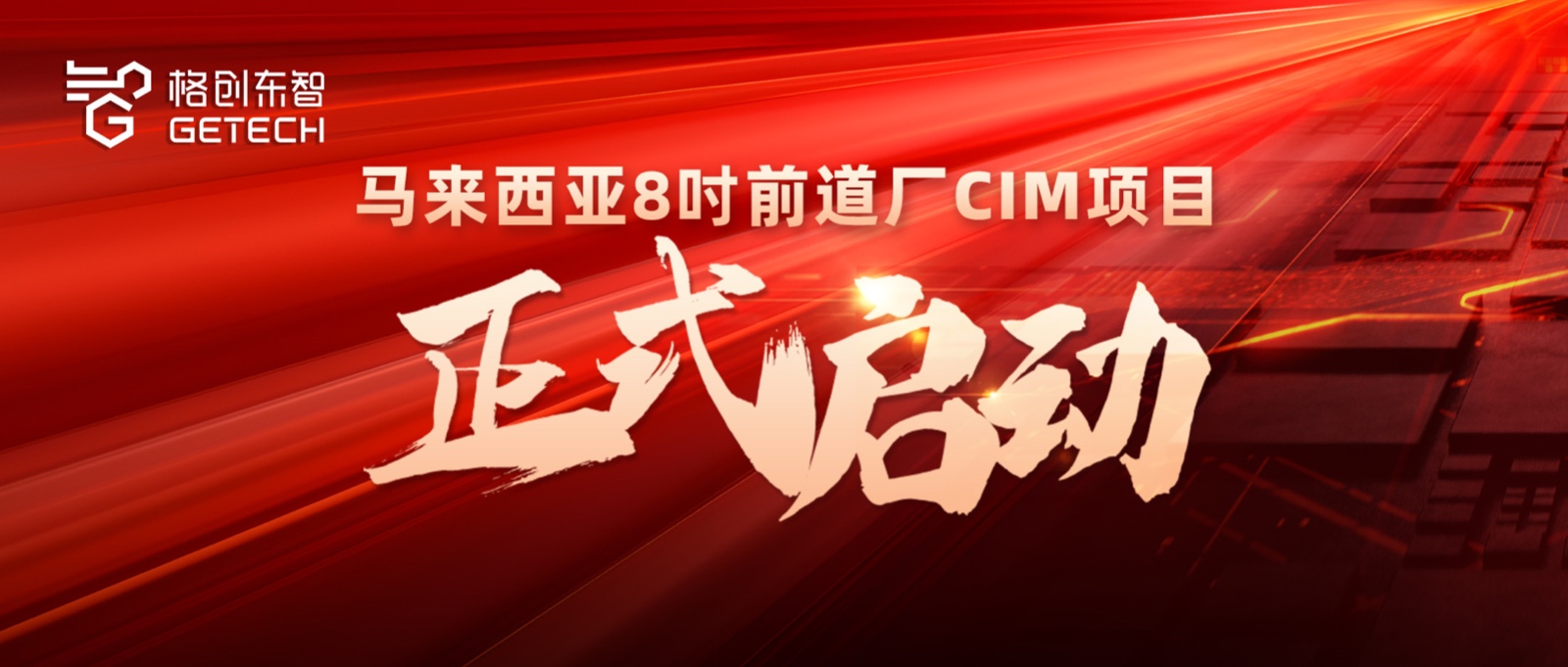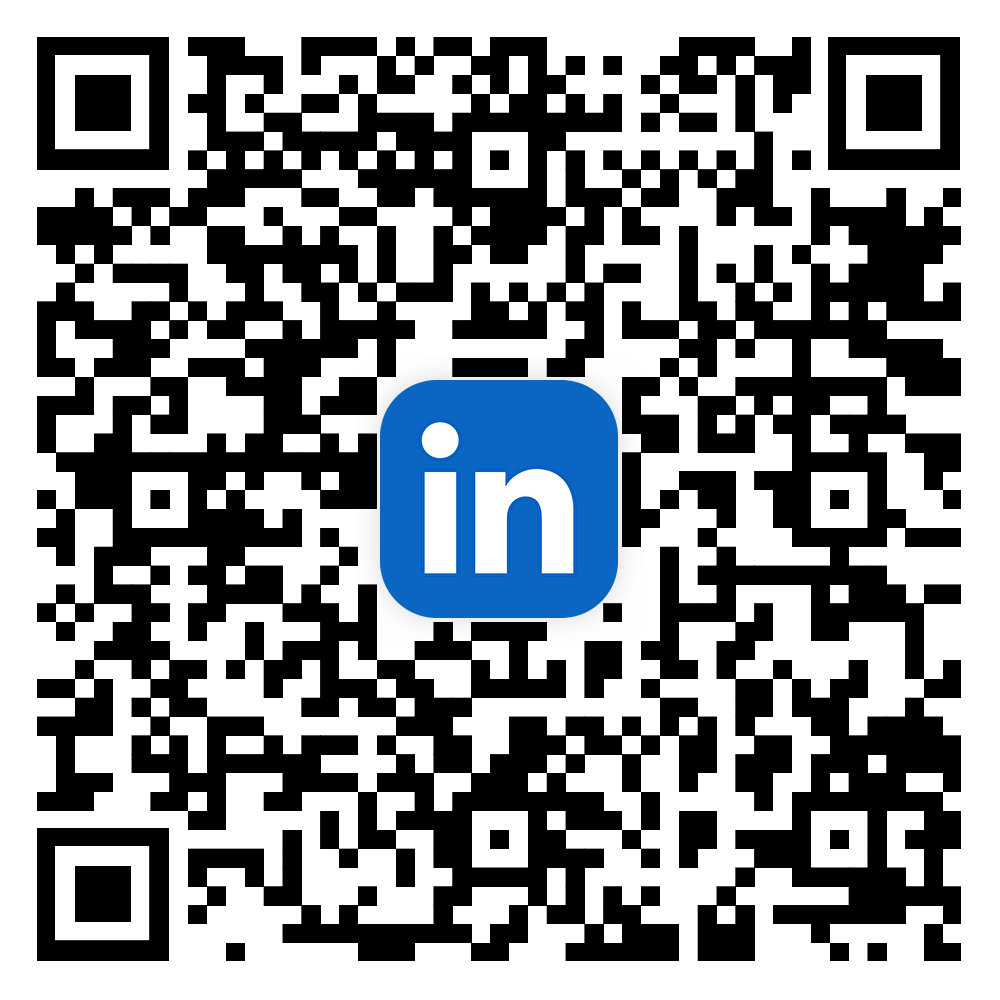[Xinhua News Report] Digital Trunk Line: Yangtze River Delta Integration 'Multiplier'
“Yangtze River Delta Digital Trunk Line uses digitalization to solve integration problems, through digital 'multiplication', to promote Yangtze River Delta integration to achieve 'multiplier effect' and 'doubling effect'.”
— Reporter Hu Jiefei from Outlook Weekly, Editor Chen Rongxue
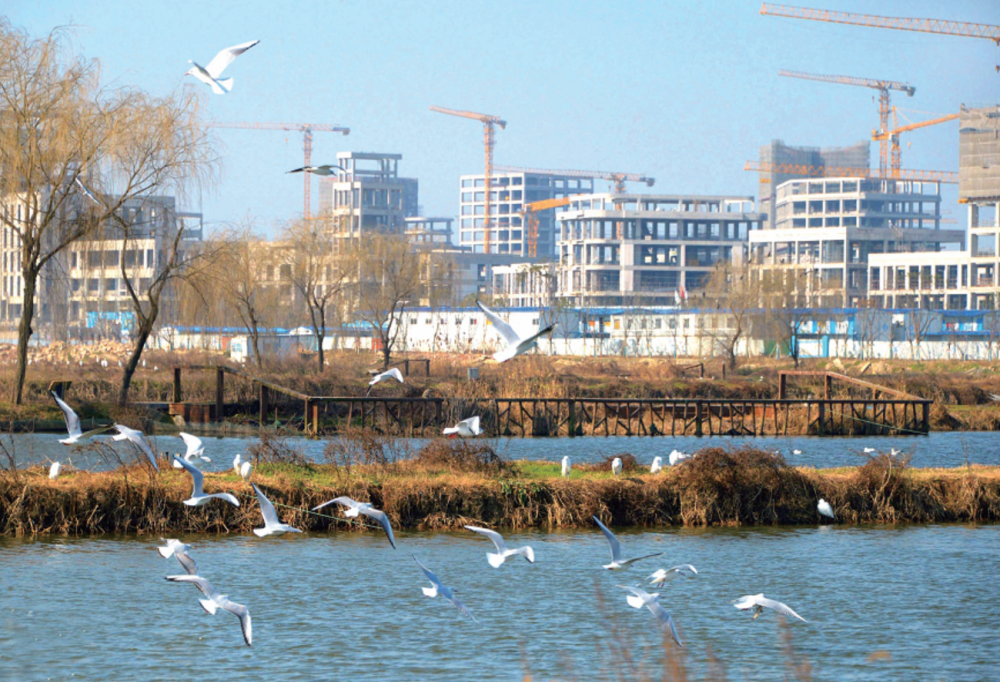
January 28, 2023, construction site of Huawei's new R&D center in Qingpu, Shanghai
Qingpu District, located in the west of Shanghai, borders Jiangsu and Zhejiang provinces, backed by Hongqiao Hub, facing the vast hinterland of the Yangtze River Delta.
Starting from Qingpu, along the G50 Shanghai-Chongqing Expressway main corridor, an invisible trunk line connects multiple key digital economy development elements: to the east, in Zhangjiang Science City, Shanghai Data Exchange and leading human-machine collaboration OS provider Cloudwalk are opening a new era of digital industry; to the west, under-construction Huawei Qingpu R&D Center, NetEase Shanghai International Cultural & Tech Park, and Beidou Industrial Park are synergizing to build a strong energy field for the digital economy.
This digital innovation development belt, originating in Qingpu, based on the digital economy, relying on the G50 Expressway and close cooperation with cities along the route, has a resounding name—Yangtze River Delta Digital Trunk Line. Ruan Qing, Executive Deputy Director of the Yangtze River Delta Regional Cooperation Office, said: “Yangtze River Delta Digital Trunk Line uses digitalization to solve integration problems, through digital 'multiplication', to promote Yangtze River Delta integration to achieve 'multiplier effect' and 'doubling effect'.”
“Leading Enterprises Take the First Move”
Large and small trucks transport materials back and forth, workers busily pile-driving and pouring concrete... At the start of 2023, nearly ten thousand workers gathered at the Huawei Qingpu R&D Center project site in Jinze Town, Qingpu District, Shanghai. This “wasteland” in western Qingpu, once relatively marginal, is now growing multiple modern building clusters, painting an exciting blueprint for the digital economy development in the Yangtze River Delta.
“Huawei Qingpu R&D Center will attract 30,000 high-end R&D talents to build Huawei's largest global R&D center here.” Guo Yiyu, General Manager of Huawei Shanghai Office, introduced that as a key part of the Yangtze River Delta Digital Trunk Line, Huawei has actively promoted the aggregation of upstream and downstream enterprises and resources in the Yangtze River Delta around industries like integrated circuits, digital energy, and smart cars, established an ICT academy, and founded Shanghai Digital Energy Technology Co., Ltd.
“Driven by leading enterprises, digital elements are rapidly gathering here.” Zhu Feng, Deputy Director of Qingpu District Development and Reform Commission, told Outlook Weekly that leading enterprises like Beidou Innovation Park, Huawei Digital Energy, and NetEase are activating a pool of digital economy spring water; currently, Qingpu's digital economy scale exceeds 120 billion yuan.
In fact, activating the digital economy involves not only spontaneous aggregation by market entities but also proactive government planning.
A year ago, the Yangtze River Delta Digital Trunk Line construction launch meeting was held in Qingpu, where the “Yangtze River Delta Digital Trunk Line Development Plan Outline” was released. Zhu Feng stated that from a planning perspective, general action plans have a three-year cycle, but due to the faster changes in digital economy development, the action plan shortened the digital trunk line construction cycle to two years.
According to the plan, the Yangtze River Delta Digital Trunk Line will implement a “three-step” approach with two-year cycles: α version, β version, and γ version. The α version, from 2022 to 2023, will basically form the core area of the digital trunk line in the Yangtze River Delta demonstration zone (Qingpu District, Wujiang District of Suzhou, and Jiashan County of Jiaxing), with an industry scale reaching 500 billion yuan. The β and γ versions, from 2024-2025 and 2026-2027 respectively, will achieve industry scales of 700 billion yuan and 1 trillion yuan.
Pan Helin, Co-Director and Researcher of the Digital Economy and Financial Innovation Research Center at Zhejiang University International Business School, believes that in building the digital trunk line, Qingpu District should focus on R&D, such as core electronic device R&D and high-end general chip design, leveraging rich university resources for breakthroughs; Wujiang District of Suzhou should specialize in equipment manufacturing and production, forming industrial blocks with high-end equipment; Jiashan County of Jiaxing should focus on digital technology application scenarios, combining digital innovation with practice.
“Empowering Traditional Industries”
Currently, Yangtze River Delta provinces and cities have set digital economy development goals. For example, Shanghai aims for the added value of core digital economy industries to account for about 15% of GDP by the end of the “14th Five-Year Plan”; Zhejiang aims for digital trade to account for over 2.5% of the global total by 2025; Jiangsu aims for the added value of core digital economy industries to exceed 13.5% of regional GDP by 2025; Anhui aims for the scale of information manufacturing to strive for 600 billion yuan by 2024.
The Central Economic Work Conference in December 2022 proposed “vigorously developing the digital economy” while also calling for “promoting the transformation and upgrading of traditional industries”.
In the view of Wu Qi, Executive Dean of Wuxi Digital Economy Research Institute, for manufacturing development, digital transformation is no longer an option but a必修课 for survival and long-term development. The Yangtze River Delta has a strong manufacturing foundation, abundant talent and innovation resources, and digital technology has significant effects in promoting traditional industry transformation and upgrading, with ample space for exploration.
Wang Yun, General Manager of GETECH AI Division, feels this particularly deeply.
He told Outlook Weekly, GETECH settled in Shanghai in early 2021 and established its Yangtze River Delta regional headquarters; it has now empowered many enterprises in the region to transform: partnered with China Mobile Shanghai Research Institute and Danyang Mobile to build a 5G digital factory for Changcheng Auto Parts, a leading auto parts company in the Yangtze River Delta; collaborated with Luxshare Precision (Zhejiang) Co., Ltd. to build a立体仓库 project and a semi-automatic PPS project; through self-developed AI visual inspection application TianShu platform, replaced traditional manual inspection, helping Shanghai Baxter Medical Products Co., Ltd. save over 50% of labor.
“Promoting enterprise digital transformation, building flexible supply chains, and achieving cost reduction and efficiency improvement are key steps for participating in international competition and advancing towards advanced manufacturing.” Jiang Kewei, Vice President and CIO of Alland Biological Technology Co., Ltd. in Jiangsu, said that in recent years, the company partnered with Alibaba Cloud to launch a C2M ‘user direct manufacturing’ industrial internet, standardizing and透明化 key nodes from raw material入库, order placement, production scheduling, to finished product入库, successfully creating a ‘small order quick response’ flexible manufacturing factory; this model has been replicated on a large scale to other global factories of Alland, becoming a typical case of Yangtze River Delta experience output.
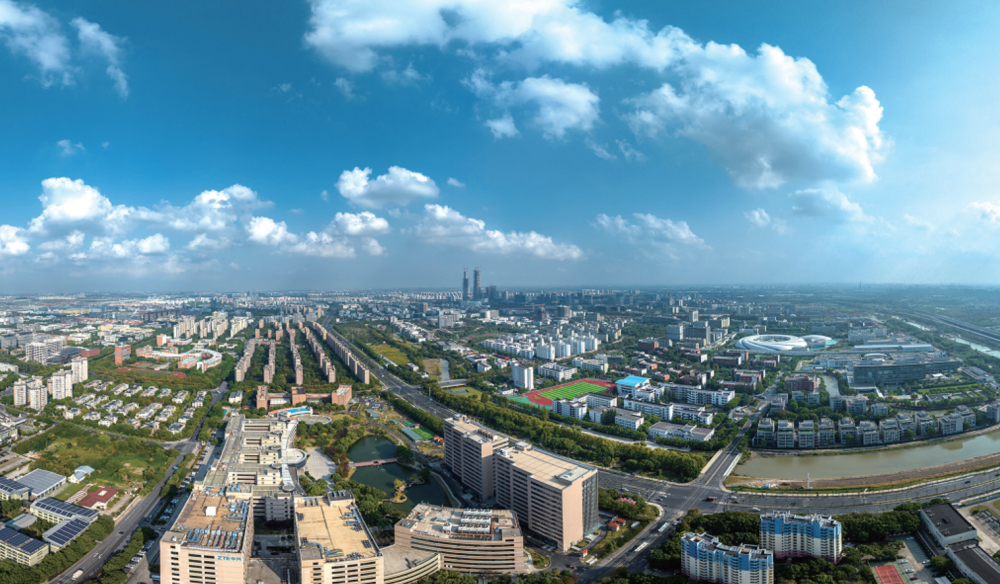
Aerial view of Shanghai Zhangjiang Hi-Tech Park
“Co-building Digital Yangtze River Delta”
“Using the digital trunk line as a牵引, breaking time and space limits, can better promote free flow of resource elements and accelerated integration of market entities, better serving and integrating into domestic circulation and dual circulation.” Xu Jian, Secretary of Qingpu District Committee, Shanghai, said that the digital economy is not only an important动能 for regional development but also a key抓手 for improving government governance and creating new models for市民生活.
It is reported that the Yangtze River Delta Digital Trunk Line has been listed as a key task by the Shanghai Municipal Government, the Executive Committee of the Yangtze River Delta Eco-Green Integration Development Demonstration Zone, and the Yangtze River Delta Regional Cooperation Office. According to the “Yangtze River Delta Digital Trunk Line Development Plan Outline”, it aims to create an “引力场” for economic digitalization, a “全息场” for life digitalization, a “网络场” for governance digitalization, and a “试验场” for ecological digitalization.
In fact, using digitalization to promote intelligent and refined urban governance has become a consensus in the Yangtze River Delta.
At the Wuzhen World Internet Conference in November 2022, the Yangtze River Delta Joint Office and 10 city governments including Shanghai Qingpu, Shanghai Songjiang, Zhejiang Hangzhou, Zhejiang Ningbo, Zhejiang Jiaxing, Zhejiang Huzhou, Jiangsu Nanjing, Jiangsu Suzhou, Anhui Hefei, and Anhui Wuhu jointly initiated the establishment of the Digital Yangtze River Delta Co-construction Alliance.
In Jiashan County, Zhejiang, the “Regional Synergy万事通” application is empowering integrated governance with more technology. According to a Jiashan County official, Jiashan, Qingpu, and Wujiang are jointly治理 Taihu Lake, relying on 132 sets of real-time data感知设备 like AI perception cameras, water quality sensors, and hydrological sensors, and 7 types of algorithm models for personnel intrusion and vessel illegal discharge, enabling closed-loop management and cross-regional collaborative governance.
With the打通 of digital “dead ends”, Yangtze River Delta residents also enjoy more “same-city services” in cross-province handling.
It is reported that since its launch in July 2022, “Regional Synergy万事通” has served 376,000 people in the Yangtze River Delta integration demonstration zone by the end of November, speeding up cross-province医保智能理赔 by over 10 times, and improving efficiency for high-frequency cross-domain matters like跨界水体治理 and illegal medical practice handling by over 50%.
Notably, based on Zhujiajiao People's Hospital and using the Yangtze River Delta medical health digital sharing and exchange platform, Qingpu District, Shanghai, established the Yangtze River Delta (Shanghai) Smart Internet Hospital; through the Yangtze River Delta interconnection platform, built a mutual recognition platform for test results among pilot hospitals in the demonstration zone, achieving cross-regional sharing of high-quality public service resources.
Xia Ji, Rotating CEO of Hualue Think Tank and Dean of the Yangtze River Delta Research Institute, said: “The Yangtze River Delta Digital Trunk Line will promote exploring the construction path of a digital Yangtze River Delta and strengthen its organic functions.”

